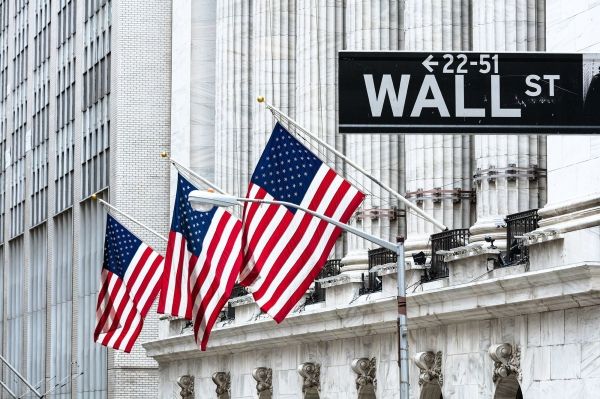Investors often seek stability when markets turn volatile, and few instruments represent safety as strongly as short-term U.S. Treasury Bonds. These securities, backed by the full faith of the U.S. government, have long been viewed as a reliable haven against economic turbulence. In 2025, however, questions arise: with inflationary pressures easing and equity markets showing resilience, are these bonds still the most secure and rewarding option?
This debate matters to both conservative savers and seasoned portfolio managers. The relevance of U.S. Treasury Bonds is deeply tied to global confidence in American fiscal policy. They continue to serve as a cornerstone for risk-averse strategies, protecting wealth when uncertainty grows. Yet, as interest rates adjust and alternative investment vehicles expand, the discussion becomes more nuanced.
How short-term Treasuries function in today’s market

Short-term U.S. Treasury Bonds, often referred to as Treasury bills or T-bills, are government-issued debt securities maturing in one year or less. Their primary advantage lies in security: investors are virtually guaranteed to recover their principal plus interest. In 2025, yields have moderated compared to the peak levels seen in 2023, but they remain attractive relative to traditional savings accounts.
Their short maturity cycle also provides flexibility. Unlike longer-term bonds, which expose investors to interest rate risks for decades, these instruments allow investors to reassess and reinvest more frequently. This adaptability aligns well with uncertain global conditions, where monetary policies shift rapidly. Consequently, U.S. Treasury Bonds retain a strong place in portfolios despite growing competition from other safe assets.
Comparing Treasuries to alternative investments
When investors evaluate where to park their money, alternatives such as high-yield savings accounts, corporate bonds, and money market funds emerge as competitors. Yet, each carries distinct risks that short-term U.S. Treasury Bonds largely avoid. Corporate debt, for instance, may offer higher yields but comes with credit risk tied to a company’s performance.
Treasury bills maintain a unique advantage because their repayment is essentially risk-free. In a world where financial headlines often highlight corporate bankruptcies or banking vulnerabilities, this reassurance remains invaluable. Even if their returns are not the highest, they provide something equally important: peace of mind. That psychological stability explains why institutional investors continue to buy them heavily.
Key benefits of holding Treasuries in 2025
Short-term U.S. Treasury Bonds continue to stand out in 2025 as a secure and strategic choice for investors seeking stability. Their reliability is not only tied to the government guarantee but also to their adaptability in changing market conditions. Short-term U.S. Treasury Bonds deliver several benefits that remain highly relevant:
- Safety of principal: Backed by the U.S. government, virtually eliminating default risk.
- Liquidity: Easy to buy and sell on secondary markets.
- Flexibility: Frequent maturities allow reinvestment based on changing interest rates.
- Global acceptance: Used as benchmarks and collateral in international finance.
These attributes guarantee that, even as markets continue to evolve, Treasuries maintain their reputation as a cornerstone for both individual investors and major institutions. Their consistent performance reinforces trust across different financial environments. Beyond serving as a safe investment, they also provide balance within diversified portfolios.
The final outlook: still worth holding?
As 2025 unfolds, the role of short-term U.S. Treasury Bonds remains crucial, though not without competition. While yields may be lower than during periods of aggressive monetary tightening, they still offer unmatched safety. For conservative investors, their value lies not in maximizing returns, but in preserving capital during turbulent times. That stability justifies their continued presence in balanced portfolios.
Ultimately, the question is not whether short-term Treasuries are the absolute best choice, but whether they fulfill a specific need in risk management. For many, the answer is yes. They remain the bedrock of conservative investing, ensuring security when other markets fluctuate. In a world of uncertainty, U.S. Treasury Bonds still stand tall as the most dependable option in 2025.



